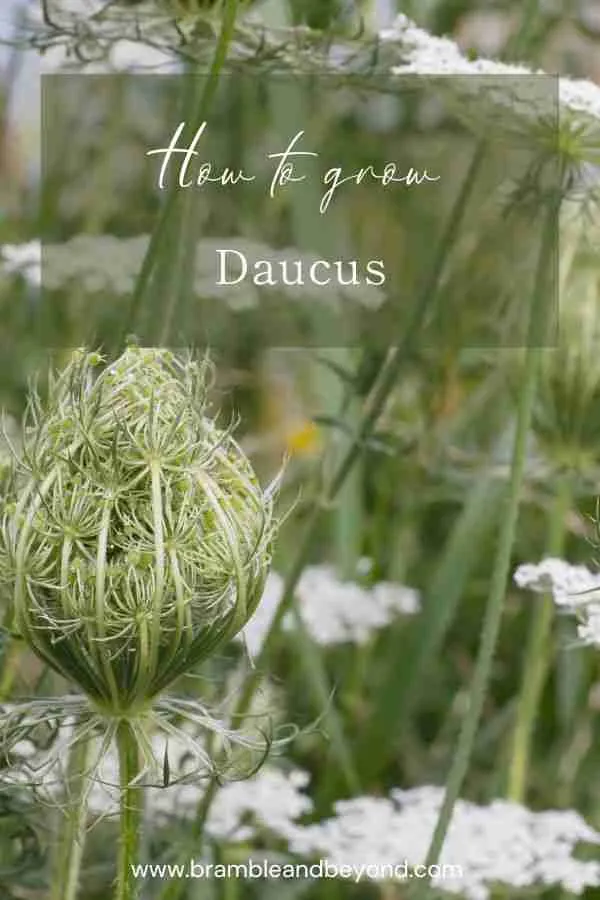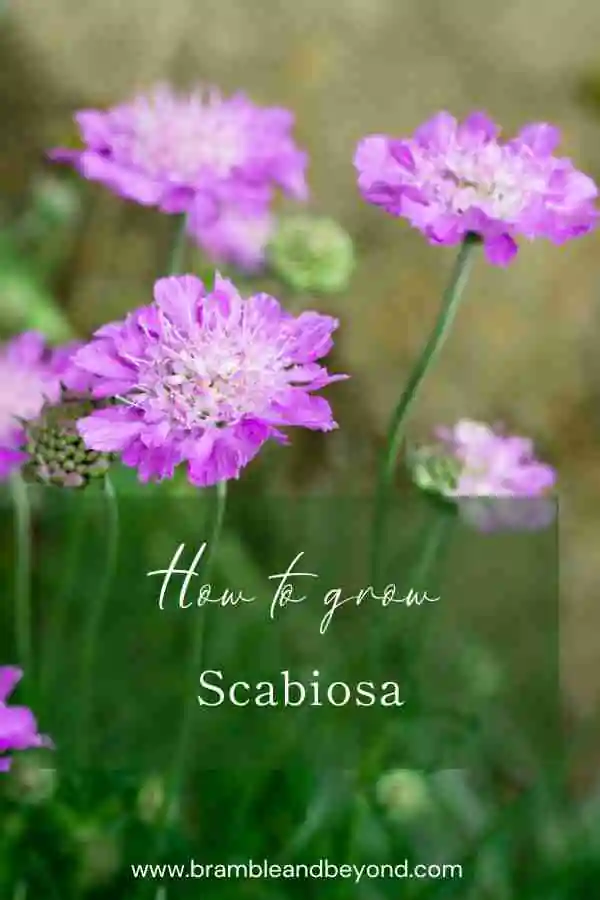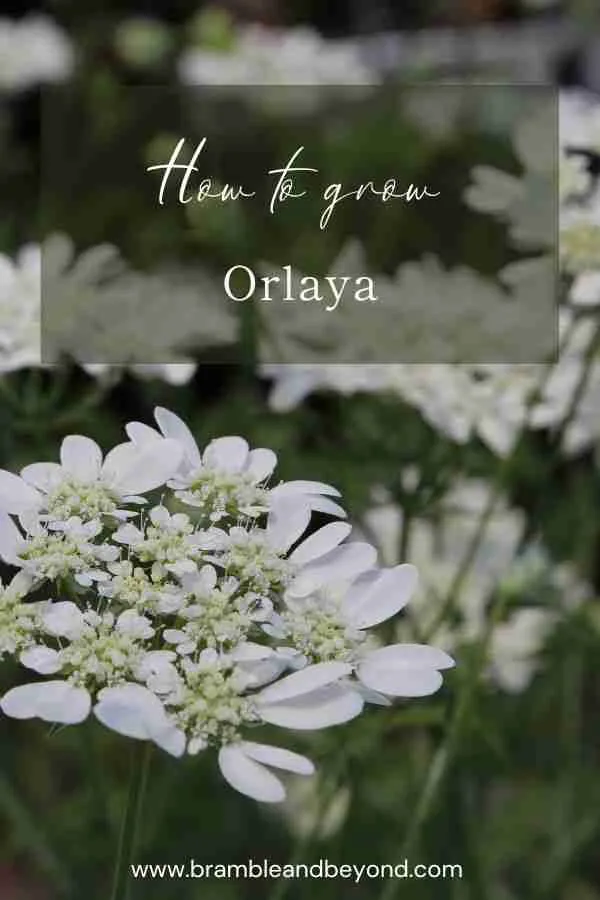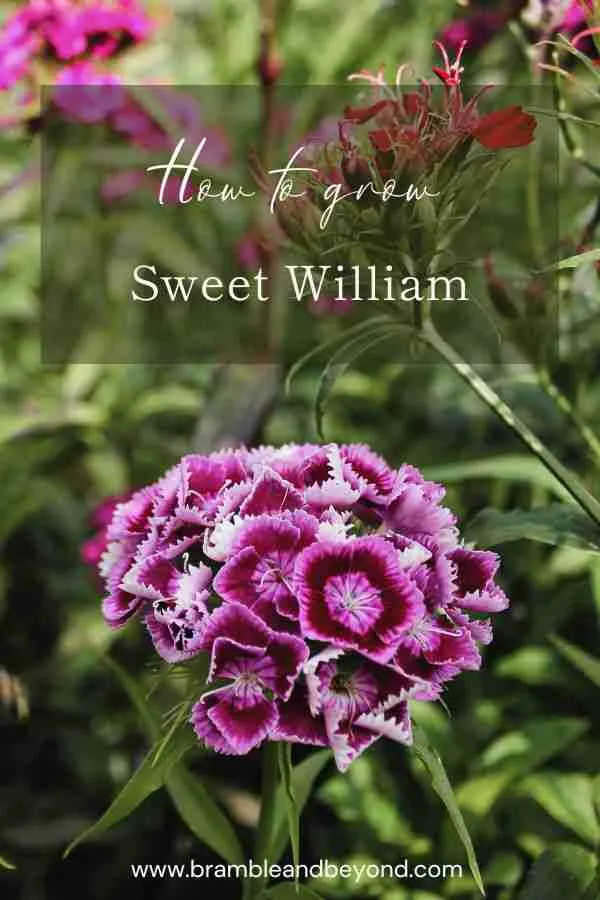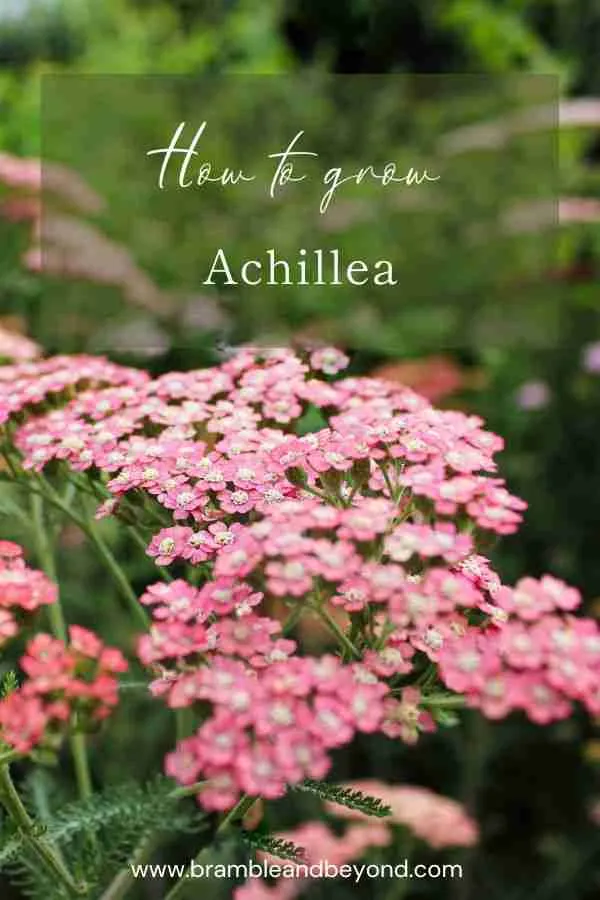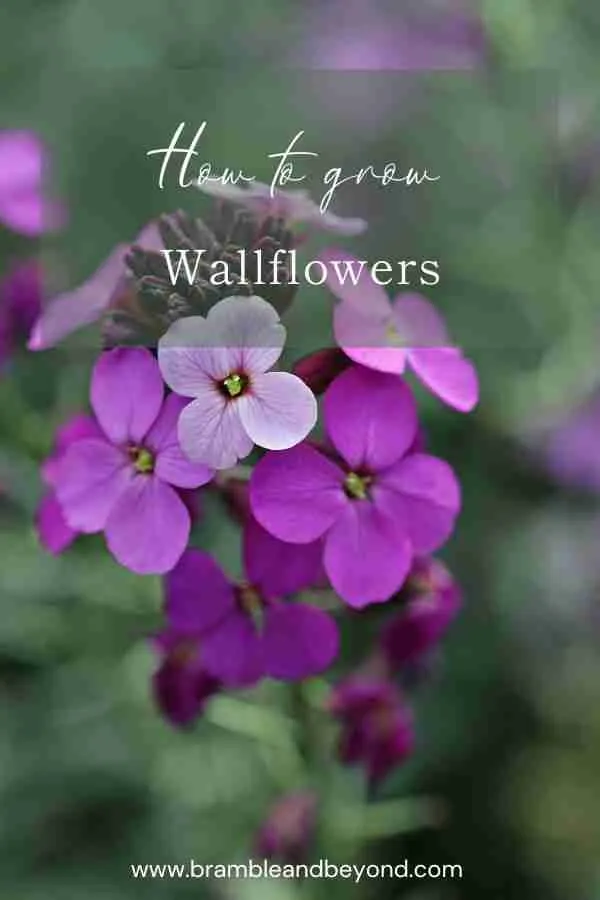Disclosure: This post may contain affiliate links, meaning I get commission if you decide to make a purchase through my links, at no cost to you. Please read my Affiliate Disclosure for more information.
Daucus carota, commonly known as the carrot flower, is a delightful flowering plant that can be a wonderful addition to your garden. Read on to learn how to grow Daucus.
In summer it bears white umbels, tinged with pink in bud or large red umbels of flowers that gracefully fade to a soft pink. After flowering, these turn inwards giving the appearance of delicate baskets. It brings a touch of elegance and beauty to any floral arrangement. Not only does it enhance the aesthetic appeal of flower borders, but it also serves as a magnet for bees and butterflies, adding a vibrant and dynamic element to your outdoor space.
Daucus carota is often included in wildflower meadow mixes due to its attractive appearance and ability to attract bees and butterflies.
By welcoming Daucus carota into your garden, you’re not only adding visual appeal but also creating a buzzing habitat for our little pollinator friends. So go ahead, embrace nature it’s sustainable seasonal flower gardening at its finest!
What is Daucus carota?
Daucus carota is a flowering plant that belongs to the genus Apiaceae and is native to the UK. It is commonly known as the wild carrot or carrot flower. This plant is an annual or biennial herb that grows to a height of about 0.5 – 1m (1 to 3 feet). It has delicate, fern-like leaves and produces clusters of small white or pink flowers in umbels. The flowers gradually fade to a soft pink color.
Daucus carota thrives in full sun to partial shade and prefers well-drained soil. It is adaptable to various soil types but prefers loamy or sandy soil. This plant is known for its resilience and can tolerate drought conditions once established. It is a cool-season plant that is typically grown from seeds.
In terms of its appearance, it bears a striking resemblance to the popular ammi majus, making it a fantastic choice for those who appreciate its form and structure.

How to grow daucus carota:
Daucus is a biennial so prefers a cold snap in the winter to flourish. It branches naturally so there is no need to pinch or prune it.
- Sow directly. Sow thinly in rows covering lightly with soil.
- Seed dormancy is broken by a period of exposure to cold so best sown in autumn or before the weather warms. Should germinate freely.
- Seedlings look like grass to begin but quickly develop.
- As with all biennials I sow early summer for flowers the following early summer.
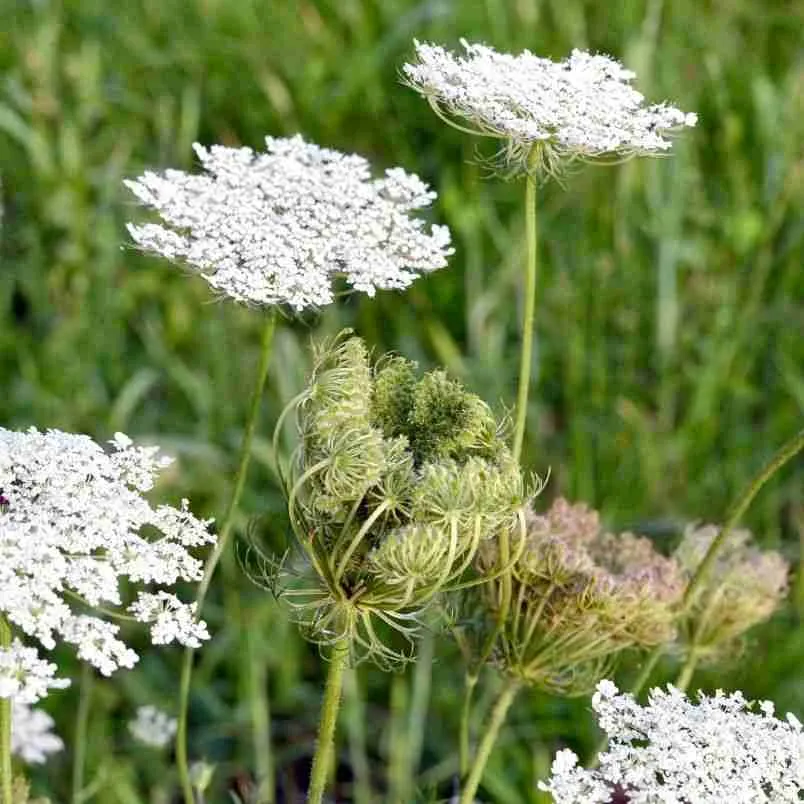
Details:
- Plant type: Biennial
- Height: 120cm
- Site: all
- Sowing depth: surface sow
- Germination: 14-21 days
- Temperature: 18°C
- Days to maturity: 65-80 days
- Plant spacing: 30cm
- Pinch: not necessary
- Staking: yes
- Drying: yes
- Approx seeds per packet: 100
Please note we pack the majority of our seeds by weight so the number of seeds indicated is only an approximation.
Currently, I sell our seeds, and other bits and bobs, through Etsy, so the link below will direct you there.
Harvesting and vase life:
- Harvest for cut flowers when flower head is almost open but before it begins to shed pollen.
- Expect a vase life of 7 days.
- The curved basket seed heads are excellent to dry.
Here are 10 tips for growing Daucus carota flowers:
- Daucus carota are similar, but slightly different, to Ammi visnaga and Ammi majus, so you may not need to grow all three varieties at once of you are short of space.
- I treat Daucus as a biennial, which means they flower in the second year of growing. What this means in my experience is that you get flowers in that awkward gap in June, when nothing else seems to be in flowers, so they are extremely useful.
- Daucus can be direct sown into the growing area or sown into seed trays. Apparently better plants are produced from direct sowing, as they don’t like root disturbance but I prefer to sow most seeds into seed trays as I find I waste less seeds and the seedlings are easier to distinguish from weeds.
- Daucus seeds need light to germinate so sow as thinly as possible on the surface of pre-watered compost and then plant them in their final position in early Autumn.
- Choose a bed that receives full sun and is well-drained for optimal growth.
- If you are sowing directly in the soil make sure your soil has been raked to a fine tilth.
- Once Daucus gets going, provide plenty of water. Don’t let the ground dry out completely.
- When the seedlings reach two or three inches in height, thin them out to about a foot apart. They are large plants that product lots of flowers so they need space but you won’t need many of them.
- Unless your cut flower garden is super protected from the wind, it’s worth staking your Daucus plants for extra support. They grow into tall plants so they will thank you for it.
- They can be susceptible to pests and diseases that affect the carrot family such as carrot root fly.
I hope these tips help you grow gorgeous Daucus flowers in your garden!

